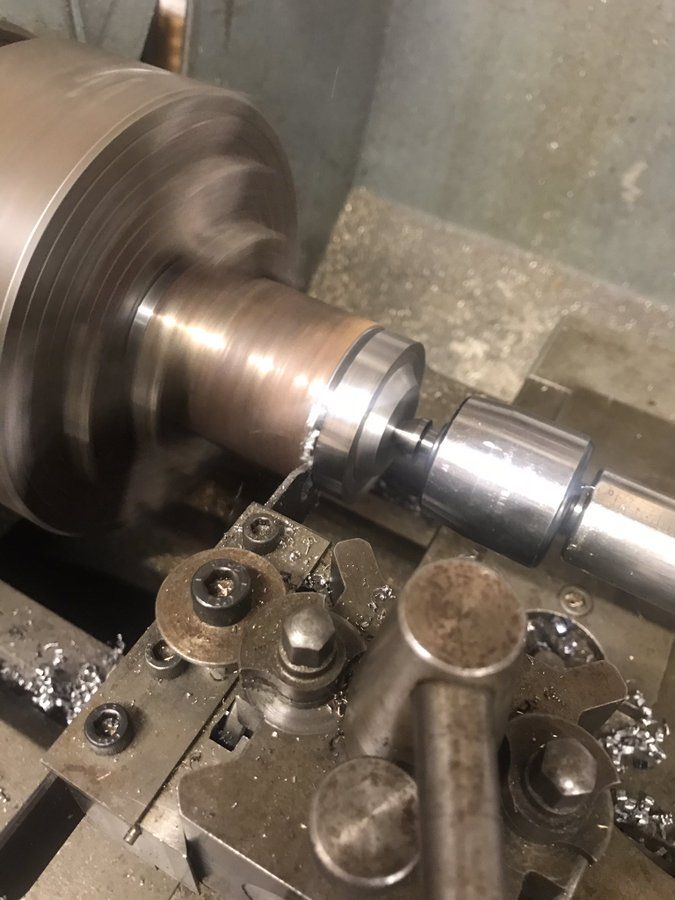Securing workpiece for parting in lathe or ‘left feed’
Securing workpiece for parting in lathe or ‘left feed’
- This topic has 26 replies, 12 voices, and was last updated 16 June 2021 at 17:45 by
Stuart Munro 1.
- Please log in to reply to this topic. Registering is free and easy using the links on the menu at the top of this page.
Latest Replies
Viewing 25 topics - 1 through 25 (of 25 total)
-
- Topic
- Voices
- Last Post
Viewing 25 topics - 1 through 25 (of 25 total)
Latest Issue
Newsletter Sign-up
Latest Replies
- “swedish iron”
- TurboCAD – Alibre File Transfers.
- Another Day … Another ScumBag
- Sat nag
- buying machine tools from aliexpress experiences?
- Adjustable spanner thread direction
- Chester Champion, warco ZX15 drawbar
- Bosch PBD 40 bearing upgrade
- Square end on round stock – Milling?
- motor and switch wiring Myford ML7


 and the hacksaw not much less, so it takes care not to damage the finish.
and the hacksaw not much less, so it takes care not to damage the finish. 


